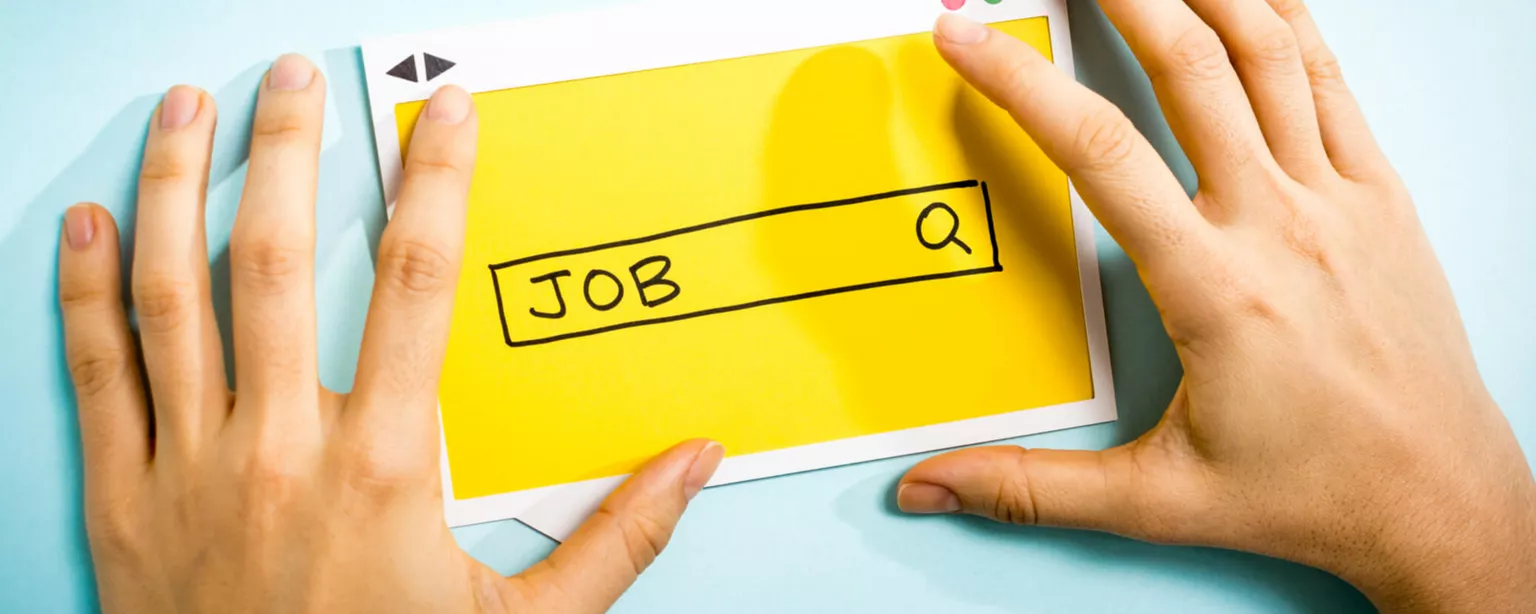Want to get hired for your dream job? A killer portfolio is a must, but it's not all you need. As part of our Creative Team of the Future project, we talked with in-house managers at top companies like Disney and Target to find out exactly what they look for in talent.
There's always competition for creative jobs, but if you're looking to work at a company known for creativity, the playing field is even more crowded. Here's what you need to know to get a job at Disney, Target, Square and the National Parks Conservation Association.
Know why you're interviewing
"I always want to know why people want to work at my organization," says Scott Kirkwood, editor in chief at National Parks magazine and senior director of publications at the National Parks Conservation Association. "If they don't have a really good reason, I wonder why that is." Kirkwood believes candidates who are passionate about the national parks – or wherever they want to work – will bring more energy and passion to the workplace.
Display a go-getter attitude
Chris Heimbuch, director of creative operations of Square's brand group, looks for passionate job seekers with a "nothing's going to stop me" attitude. "I'm looking for people who have a strong desire to roll up their sleeves every day and do great work," he says. "Those are people I enjoy working with and want to hire."
Be a change agent
Kirkwood always asks job candidates: What did you change at your last job? "I'm big on trying to do things better, faster and more creatively," he says. "I want people who won't just do things the way we've always done them but will come up with new ideas."
Master more than one discipline
Being good at multiple creative skills helps move you up in the hiring line. Allan Peters, associate creative director at Target, loves it when a designer also knows how to illustrate because it's a huge advantage in designing logos. Will Gay, creative director at Disney's Yellow Shoes Creative Group, looks for people who have both design and art direction skills because they'll be able to kick off the work and guide it through the entire creative process.
Hone your drawing skills
Gay views drawing skills as an added bonus. "It's great when you can look at a quick sketch someone created and, even if it's very basic, see that it's a good idea, story or way to tackle something," he says.
Show off your side projects
Are you doing design outside your day job? Peters wants to see those solo projects – whether they're gig posters, illustrations or an iPhone app. "It shows passion and initiative," he says. "It shows you get excited and hungry for design, and that's really important."
Get a little personal
During a job interview, don't be afraid to mention what you love outside of work, too, whether it's writing, photography, hiking, cooking or travel. "External passions are really, really important," Heimbuch says. "They provide a respite from work, a different point of view and a different context of your life that you can bring into your work."







